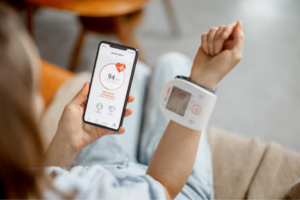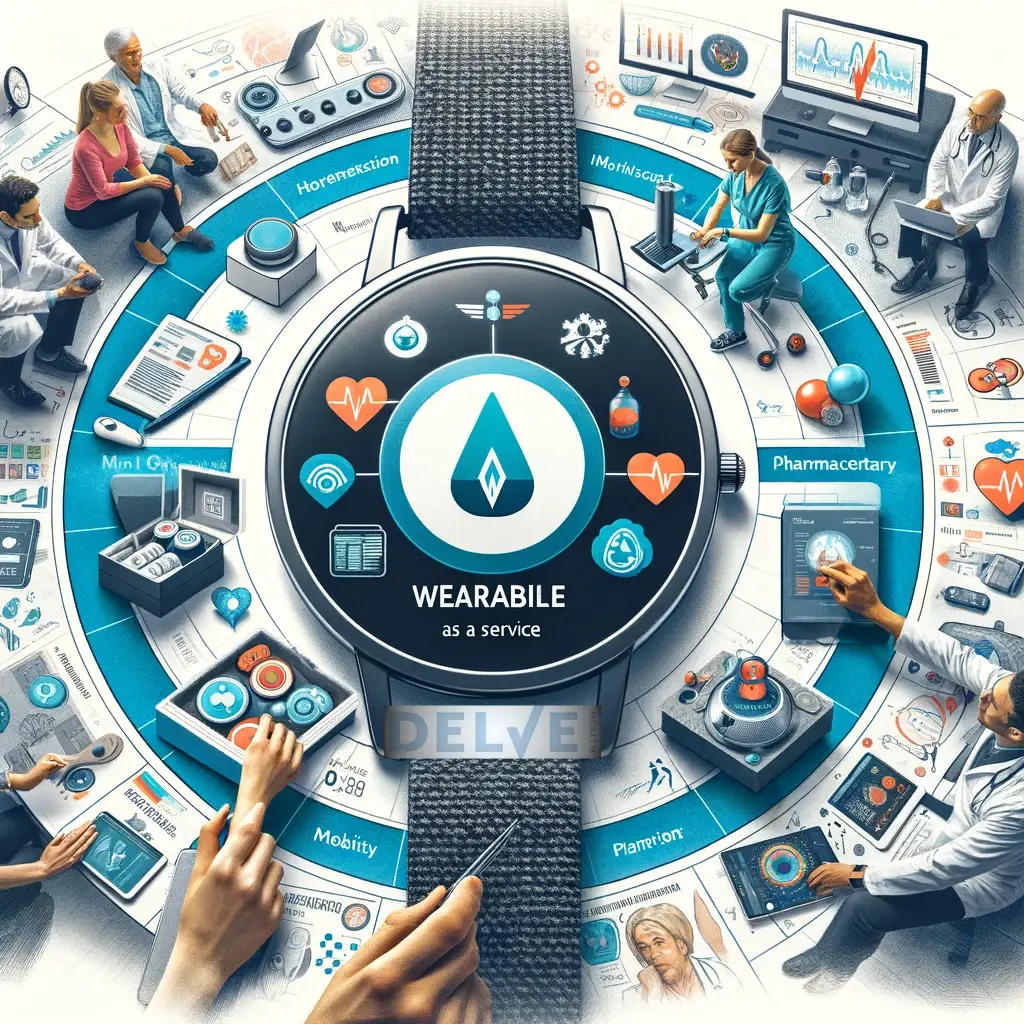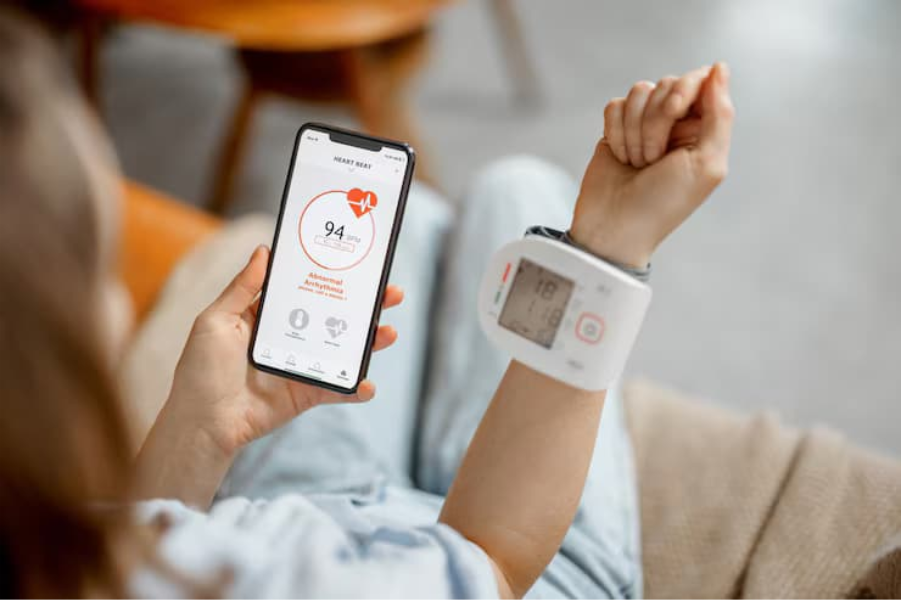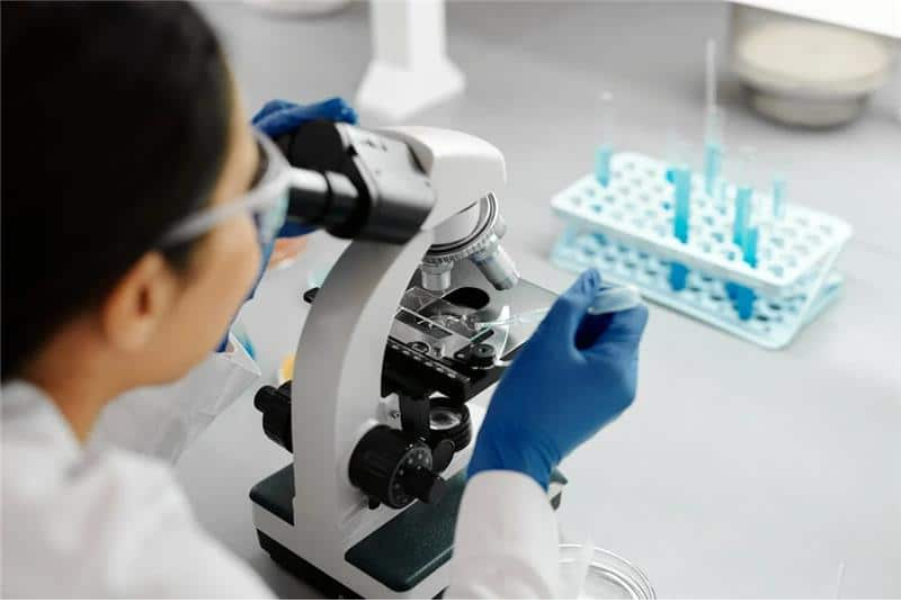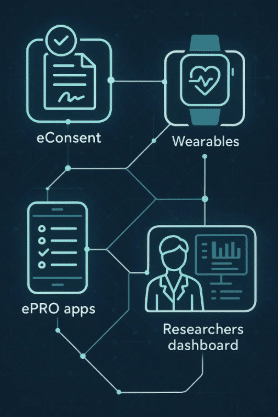Introduction to Wearables in Health Monitoring
The convergence of technology and healthcare has paved the way for innovative solutions to age-old problems. A particularly promising development is the use of wearable devices to monitor fatigue and stress levels. The key question, however, is whether these digital biomarkers can effectively replace traditional subjective reporting methods.
Wearables, ranging from fitness trackers to advanced health monitoring devices, have become an integral part of modern healthcare. Their ability to provide continuous, real-time data has revolutionized how health is monitored, offering insights into trends and anomalies that might otherwise go unnoticed. In the United States, the adoption of wearables is particularly significant as it aligns with the growing demand for personalized health management solutions.
Understanding Fatigue and Stress
Fatigue and stress are among the most common yet complex issues affecting mental and physical well-being. They influence not only individual productivity but also long-term health outcomes, contributing to conditions like burnout, cardiovascular problems, and weakened immune function. Traditionally, the assessment of fatigue and stress has relied heavily on self-reporting methods or evaluations by healthcare professionals through interviews and questionnaires.
While these approaches provide useful context, they are often subjective and susceptible to personal bias, mood fluctuations, or inaccurate recall. This subjectivity makes it difficult to consistently track stress and fatigue over time or compare data across individuals. In workplaces, healthcare, and research settings, there’s a growing demand for more objective and quantifiable measures.
This need has led to increased interest in technology-driven solutions, such as digital biomarkers, that can capture real-time physiological data and offer a more accurate, data-based picture of an individual’s stress and fatigue levels.
The Rise of Digital Biomarkers
Digital biomarkers are transforming how fatigue and stress are monitored, offering objective, real-time data through wearable devices and smart sensors.
These biomarkers include:
- Heart Rate Variability (HRV): A key indicator of stress response, where lower variability often suggests higher stress levels.
- Sleep Quality and Duration: Poor or irregular sleep patterns can indicate chronic fatigue and contribute to stress.
- Respiratory Rate and Skin Temperature: Fluctuations can reflect stress or exhaustion in real-time.
As wearable technology improves, so does the accuracy, reliability, and granularity of these data points. Unlike traditional assessments, digital biomarkers provide continuous, passive monitoring without requiring user input. This enables a more comprehensive understanding of how daily activities, environments, and habits affect stress and fatigue levels over time.
Ultimately, digital biomarkers hold the potential to personalize stress management and fatigue recovery, offering actionable insights that support better mental and physical health outcomes.
Wearables as a Tool for Monitoring
Wearable devices have revolutionized the way fatigue and stress are monitored, offering a non-invasive, continuous, and data-driven approach to tracking physiological states. Devices like smartwatches, fitness bands, and smart rings are equipped with advanced sensors that measure metrics such as heart rate, heart rate variability, sleep quality, skin temperature, and activity levels. These indicators are critical in identifying early signs of mental and physical strain.
The unobtrusive design and user-friendly interfaces of wearables make them suitable for long-term, passive monitoring, enabling individuals to go about their daily routines while collecting valuable health data in the background. Additionally, many wearables integrate seamlessly with mobile apps, offering users easy access to insights and trends over time.
This continuous stream of real-time data provides a more dynamic and holistic picture of well-being than traditional one-time assessments, making wearables an essential tool in both personal wellness and clinical applications for stress and fatigue management.
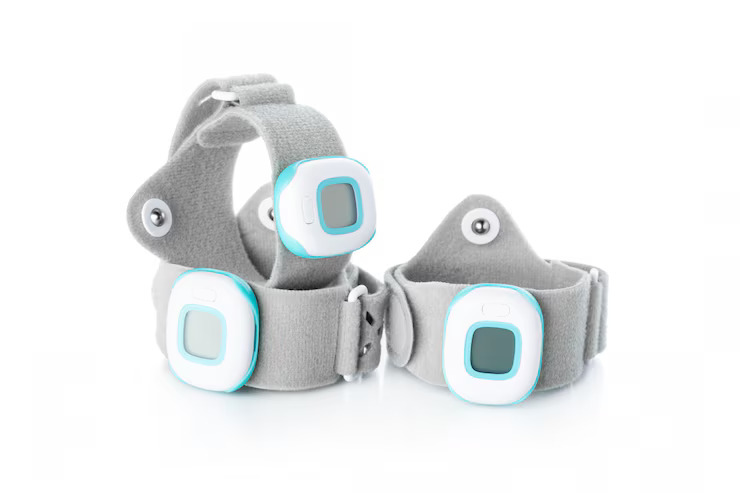
Benefits of Digital Biomarkers Over Subjective Reporting
While traditional methods rely heavily on self-reporting, these are often prone to inaccuracies due to recall errors or personal bias. Digital biomarkers offer a more reliable alternative by capturing objective and real-time data.
Key advantages include:
- Consistency: Digital biomarkers provide continuous data, enabling more accurate trend analysis over time.
- Objectivity: Unlike subjective self-assessments, digital biomarkers are not influenced by mood or perception.
- Real-Time Feedback: Immediate insights allow for quicker interventions and better management of stress or fatigue.
- Personalization: The data can be tailored to individual baselines, offering more meaningful insights than one-size-fits-all evaluations.
These benefits make digital biomarkers a powerful complement—or even alternative—to traditional reporting methods. By offering unbiased, actionable insights, they support more precise diagnoses and pave the way for personalized, preventive healthcare strategies that improve overall quality of life.
Challenges in Implementing Wearable Technology
While wearable devices offer exciting opportunities for enhancing healthcare, their widespread adoption faces several significant challenges. For wearables to be successfully integrated into clinical and personal health management, these hurdles must be addressed systematically.
Key challenges include:
- Data Privacy and Security: Wearables collect sensitive personal health data. Ensuring this information is encrypted, securely stored, and compliant with privacy laws like HIPAA or GDPR is critical.
- Lack of Regulatory Standards: The healthcare industry still lacks clear guidelines for evaluating wearable device accuracy, reliability, and clinical relevance.
- High Initial Costs: The cost of high-quality wearables and supporting platforms can be a barrier for both consumers and healthcare organizations.
- Interoperability Issues: Many devices operate in silos, limiting integration with electronic health records (EHRs) and healthcare systems.
To overcome these barriers, collaboration between tech developers, healthcare providers, regulators, and policymakers is essential. Only with shared standards and goals can wearable technology realize its full potential in healthcare.
The Role of Artificial Intelligence and Machine Learning
Artificial Intelligence (AI) and Machine Learning (ML) are reshaping how data from wearables is interpreted and utilized in healthcare. Wearables generate massive volumes of physiological data—far more than can be processed manually. AI and ML help by identifying patterns, detecting anomalies, and even predicting potential health issues before symptoms arise.
These technologies enable:
- Real-time insights that allow for timely interventions.
- Personalized health recommendations based on an individual’s unique biometrics and behavior.
- Automated trend detection, alerting users and clinicians to changes in stress, fatigue, or other health markers.
AI-enhanced wearables can also support predictive analytics, such as anticipating burnout or detecting irregular heart rhythms. By continuously learning from user data, these systems improve over time, offering more precise insights and tailored healthcare solutions. Ultimately, AI and ML empower wearables to go beyond passive tracking and become proactive tools for individualized, preventive care.
Data Interpretation and Accuracy
The effectiveness of wearable technology in health monitoring heavily depends on the accuracy of data collection and interpretation. For individuals managing fatigue and stress, even slight deviations in data—such as heart rate readings or sleep tracking—can lead to incorrect conclusions about one’s health status. Thus, device calibration, sensor precision, and algorithm integrity are critical in delivering trustworthy insights.
Two key biomarkers used in fatigue and stress monitoring include:
Biomarker | Parameter | Significance |
Heart Rate Variability | Interval between heartbeats | Higher HRV indicates improved stress manageability |
Sleep Patterns | Length and quality of slumber | Inadequate sleep is powerfully associated with fatigue and stress |
Advancements in sensor technology and machine learning continue to improve the reliability and consistency of these readings. However, continued research is necessary to eliminate variability across different skin tones, body types, and movement levels—factors that still challenge data accuracy in real-world settings.
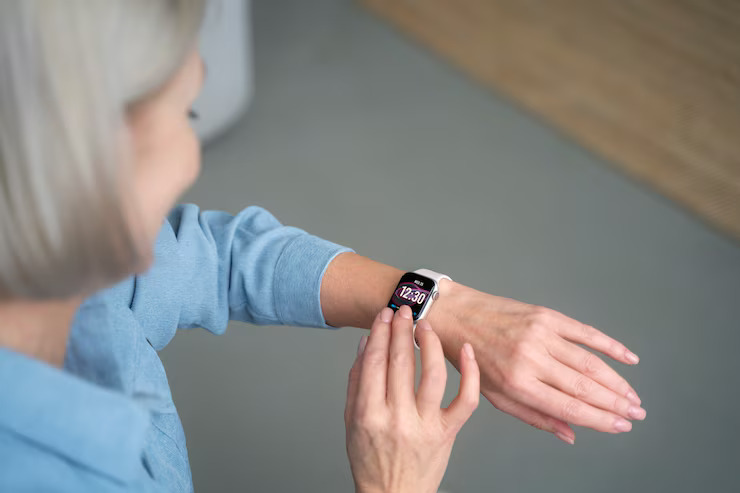
Future Prospects and Innovations
The future of wearables in healthcare looks exceptionally bright. As the technology evolves, devices are expected to become more sophisticated, compact, and seamlessly integrated into daily life and clinical workflows.
Key developments on the horizon include:
- Non-invasive chemical sensors that detect stress hormones.
- AI-powered analytics that predict fatigue or burnout before symptoms appear.
- Smart textiles embedded with biometric sensors for continuous monitoring.
Collaboration between technology developers, healthcare providers, and researchers will be essential in transforming wearables into validated medical tools, ultimately enabling proactive, personalized health management.
Conclusion
Digital biomarkers from wearables offer significant potential in monitoring fatigue and stress, but they are not yet a complete substitute for subjective reporting. When combined with traditional methods, these technologies provide a more comprehensive and accurate view of personal well-being.
As sensor accuracy and AI-driven insights continue to evolve, the future holds great promise for more precise, real-time health monitoring. Integrating such tools into everyday life and healthcare systems can empower proactive health management.
To see how these innovations are shaping decentralized health research and remote monitoring, explore Delve Health.
FAQs
Can wearables accurately monitor stress levels?
Yes, wearables can monitor stress levels by analyzing physiological parameters such as heart rate variability (HRV), which is a strong indicator of stress. The fluctuations in HRV reflect how the autonomic nervous system is responding to stressors. While wearables can provide valuable insights, they should be used as part of a holistic approach that includes other assessments and professional consultations.
Are digital biomarkers reliable for clinical use?
Digital biomarkers offer a promising avenue for clinical applications, as they provide continuous, real-time data that can enhance patient monitoring and care. However, the reliability of these biomarkers largely depends on the accuracy of the devices used to collect the data and the calibration of algorithms interpreting them. Ongoing research and technological advancements are continuously improving the precision and reliability of digital biomarkers.
What are some challenges in using wearables for health monitoring?
There are several challenges in using wearables for health monitoring, including data privacy concerns, the need for higher accuracy, and ensuring device affordability. Additionally, while wearables can provide extensive data, interpreting this information accurately requires sophisticated algorithms and understanding. Regulatory standards and guidelines are needed to validate the data for clinical use further.
How do wearables integrate with existing healthcare frameworks?
Wearables integrate with existing healthcare frameworks by providing additional data points that help in creating comprehensive health profiles. They can complement traditional health data, facilitating early detection of anomalies and trends. This integration might require changes in data management practices, interoperability standards, and the adoption of new healthcare IT solutions to ensure seamless data flow and usage.
What is the future of wearables in stress and fatigue management?
The future of wearables in fatigue and stress management is promising, with ongoing advancements in sensor technology, data analytics, and machine learning capabilities. These improvements will likely lead to more accurate and user-friendly devices that better support individual health management. The development of sophisticated algorithms will improve personalized health interventions, ultimately leading to a more proactive approach in managing fatigue and stress.


